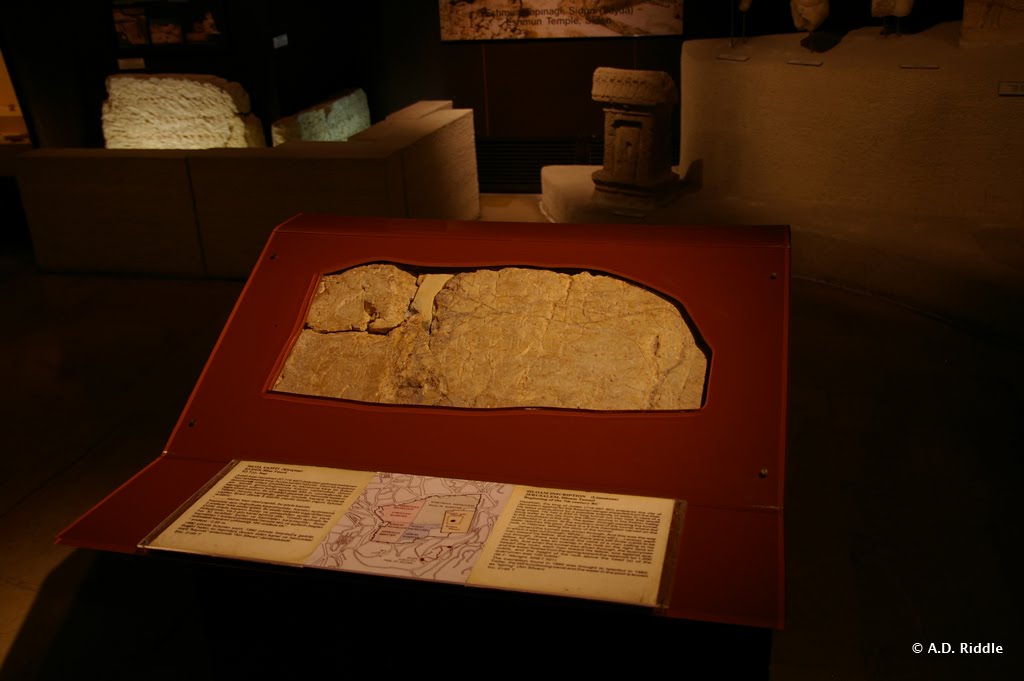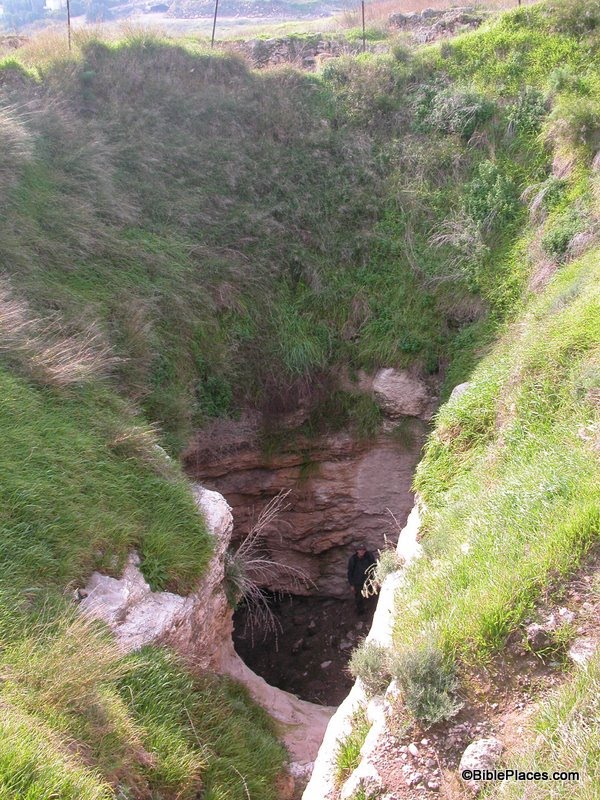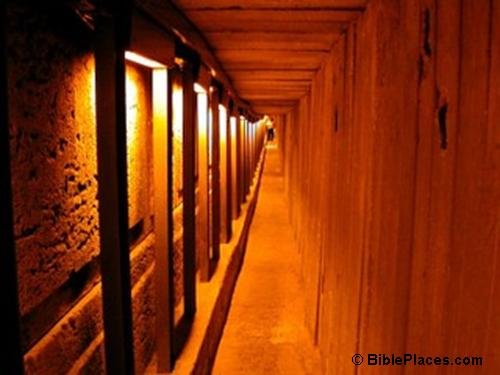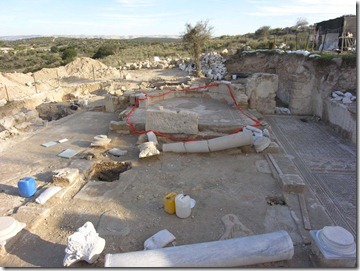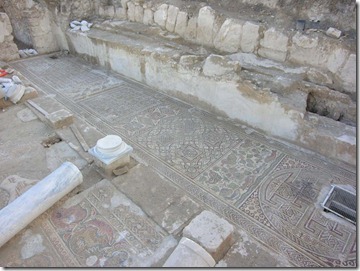A feud between archaeologists in Israel today resembles the ancient struggle between David and Goliath. As with the battle of old, one combatant is from Jerusalem (Yosef Garfinkel of Hebrew University) and the other from the Philistine plain (Oded Lipschitz of Tel Aviv University). The skirmish is only the latest in an on-going conflict that goes back to the establishment of the entity on the coast (the Institute of Archaeology founded by Yohanan Aharoni). The subject of dispute is the very same as that between the ancient Israelites and Philistines—control of the lowlands (Shephelah). In fact, it is the site of Socoh, identified in connection with the Philistine encampment that is at the heart of the dispute between the two archaeologists.
Aren Maeir, excavator of the Philistine city of Gath, is an outside observer who drew our attention to a report of the clash in Haaretz (Hebrew). The article observes that archaeologists at Tel Aviv University typically deny or minimize the existence of David and the Israelite kingdom. Hebrew University researchers, however, tend to defend the greatness of the ancient state centered in Jerusalem. Archaeology has been used to support both sides of the debate, and most recently Hebrew University has claimed a major advance with the excavations of the 10th century site of Khirbet Qeiyafa and its ancient inscription.
With Hebrew U excavating Khirbet Qeiyafa on the north side of the Elah Valley and Tel Aviv U surveying Tel Azekah on the west side, Tel Socoh on the south side is up for grabs. The Israel Antiquities Authority gave permission to survey the site to both parties. But when Tel Aviv U discovered that more than surveying work was going on, Lipschitz fired off a testy letter to the authorities, claiming that Hebrew U had opened excavation squares and was blatantly violating the terms of the license.

Garfinkel has defended himself against the attack, arguing that the “excavation” is clearly the work of antiquities thieves and that Lipschitz cannot tell the difference between an excavation and a robbery.
Lipschitz, however, found incriminating evidence in one of the excavation trenches—a water bottle with the name of one of Garfinkel’s team! Garfinkel has observed that the site is not far from the
West Bank and the area where the partition fence ends giving Arab thieves easy access.
The Israel Antiquities Authority has responded to Lipschitz’s letter by rejecting his claims and declaring the “excavations” to be the work of antiquities thieves. Only time will tell who will secure rights to excavate Socoh and what evidence it will supply concerning the ancient conflict between the Israelites and the Philistines.
